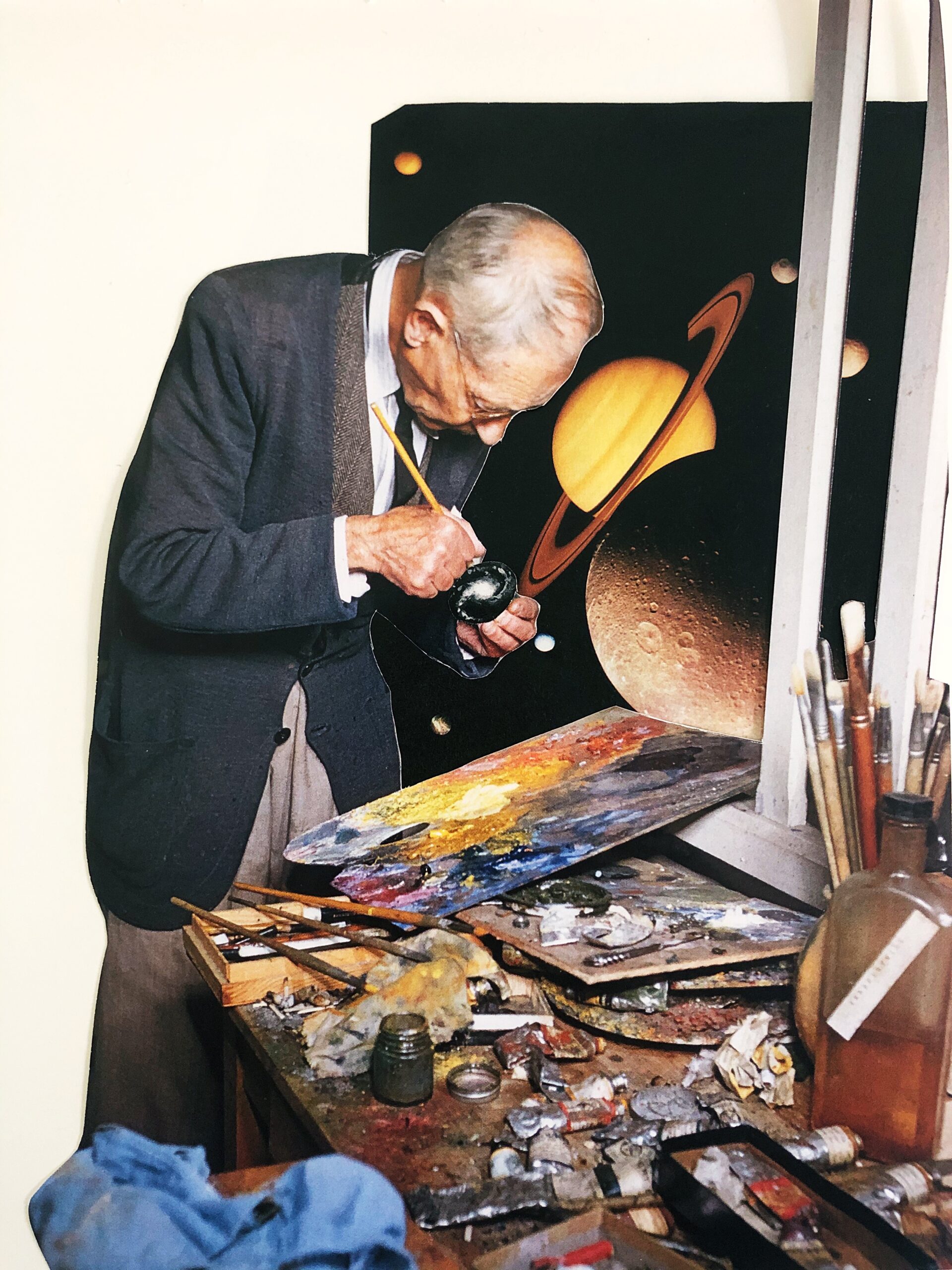Suzume, Your Name, and My Neighbour Totoro
Last weekend I took P. to a cinema to watch Suzume (⭐️⭐️⭐️), the latest animation by Japanese director and illustrator Makoto Shinkai. It is a fantasy story about a teenager who meets a stranger on her way to school. Intrigued, she follows him to an abandoned onsen on the outskirts of her small seaside town. In doing so, Suzume unintentionally sets in motion a chain of disasters. She turns a stone into a mischievous cat who later turns a man she cares about, Souta, into a three-legged chair. What follows is a race against time as she embarks on a journey across Japan, closing portals to prevent earthquakes.
At the back of Suzume’s quest lies the real-life disaster, the 2011 Tsunami, caused by the strongest earthquake in Japanese recorded history. More than 18,000 people died, and over 150,000 became homeless. In the film, one of the victims is Suzume’s mother, and after her death, her auntie brings her up. As a 17-year-old, she is determined to prevent other natural catastrophes nationwide. Her story is quite simple, and it could well work as such. Still, Shinkai tries to make it unnecessarily complicated by repetition, leaving a few loopholes here and there. Having said all that, Suzume is beautifully drawn animation, making each element of the story, the cities Suzume visits, cherry blossoms and enchanting countryside, incredibly realistic and appealing.
The road trip elements excited me even more about our holidays in Japan this year. Considering that we will visit Kyushu, the island Suzume’s journey begins, made the film a tad more special to me. I’m already plotting how to include in the itinerary some of the places that inspired the creators of the animation, such as Bungo Mori Roundhouse and Kiyosu Castle. It also reminded me of the summer of 2018 when I visited the country for the first time. Extreme heatwaves, floods, landslides, typhoons, and earthquakes struck the country one after another that year. I could only admire the excellent infrastructure and organisation strategies the country has in place, which, despite its geographical positioning, still makes it one of the safest countries in the world.
Even though not without flaws, Suzume made me want to see another of Shinkai’s animations, the 2016 smash hit Your Name (⭐️⭐️⭐️⭐️), which I somehow missed. P., on the other hand, couldn’t help himself and watched it with me again. Trying to categorise it, I would probably call it a romantic fantasy, which skillfully interweaves elements of Japanese traditions and culture, making it so much more special. It follows two teenagers, Taki and Mitsuha, for some inexplicable reason, a few times a week, live in the other one’s body. They never met before, and as soon as they return to their original lives, they forget everything that happened and are only left with a dreamlike feeling about the whole experience. Realising their predicament, they start leaving messages for each other. When suddenly, body swaps stop, and the notes also disappear, Taki decides to find Mitsuha even without being able to recall her name. It is a beautiful coming-of-age film that carries many themes Shinkai later explores in Suzume; absent mother, inability to physically connect with one another and greater-than-life catastrophes which affect whole communities.
Makoto Shinkai is often dubbed the next Hayao Miyazaki, the animator, co-founder of Studio Ghibli, and the creator of such iconic productions as Spirited Away, Howl’s Moving Castle, and Princess Mononoke. One of the most loved ones, My Neighbour Totoro (⭐️⭐️⭐️⭐️⭐️), was brought to life by the Royal Shakespeare Company at Barbican last year and, without exaggeration, is one of the most fantastic theatre plays I have ever seen. As is the original, the play is set in 1950s rural Japan. It follows two sisters, Satsuki and Mei, who move with their father to the countryside near the hospital, where their mother undergoes treatment. The new and mysterious place initially seems scary. Still, it also offers the girls inexhaustible possibilities for exploration and adventure. The house and the surrounding nature provide protection and friendships from the creatures inhabiting it. As in Your Name, the story balances on the edges of dream and reality. The RSC collaborated very closely with Studio Ghibli on every detail. The design, music, and fantastic performance offer an exceptional experience so enthralling and overwhelmingly beautiful that I cried with joy. The magic of the iconic hand-drawn animation from 1988 could have been so easily lost in the third dimension. But luckily, it remained faithful to the original and made it an extraordinary theatre play in its own right.
